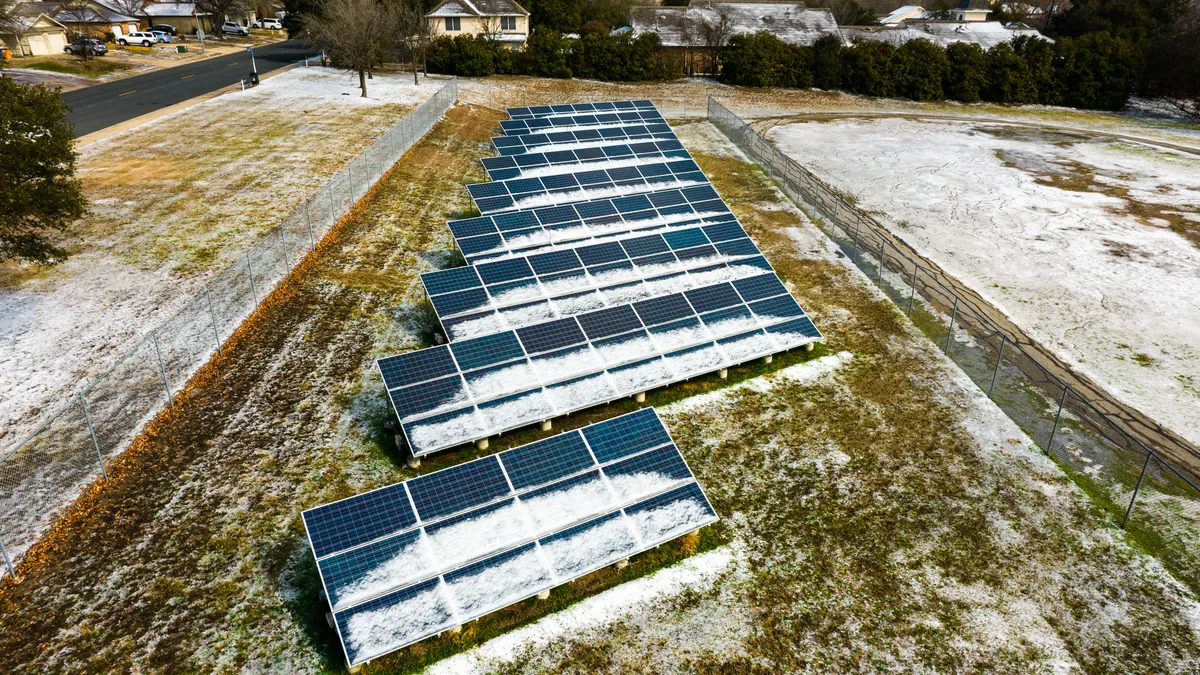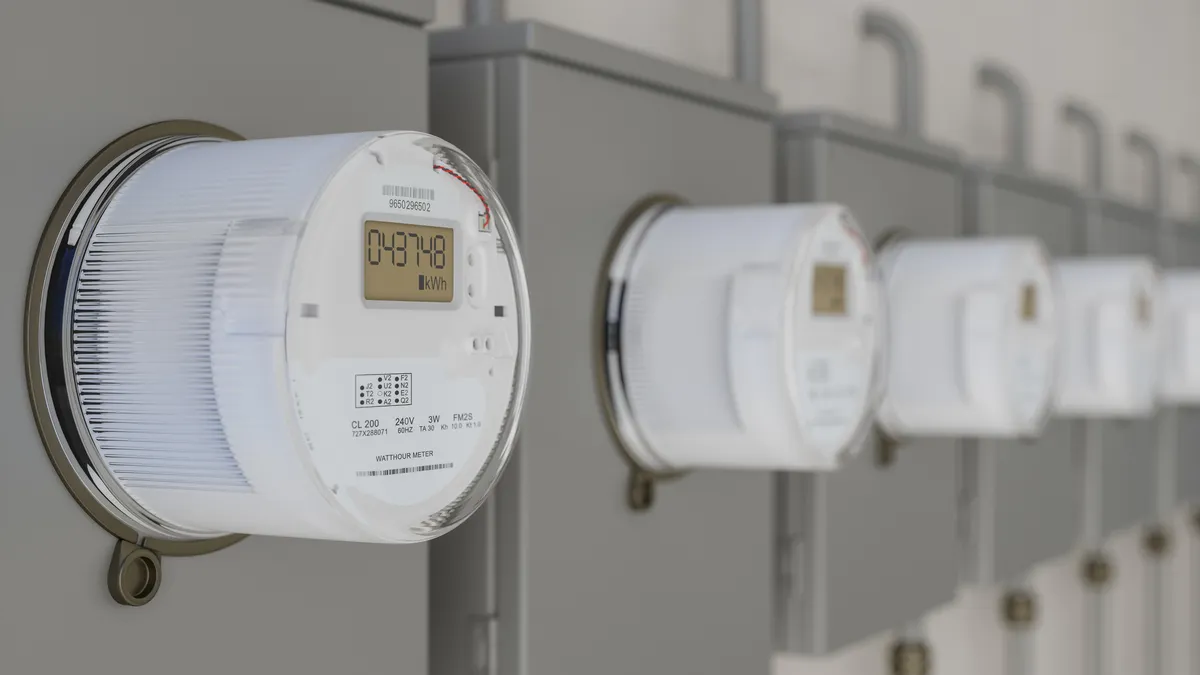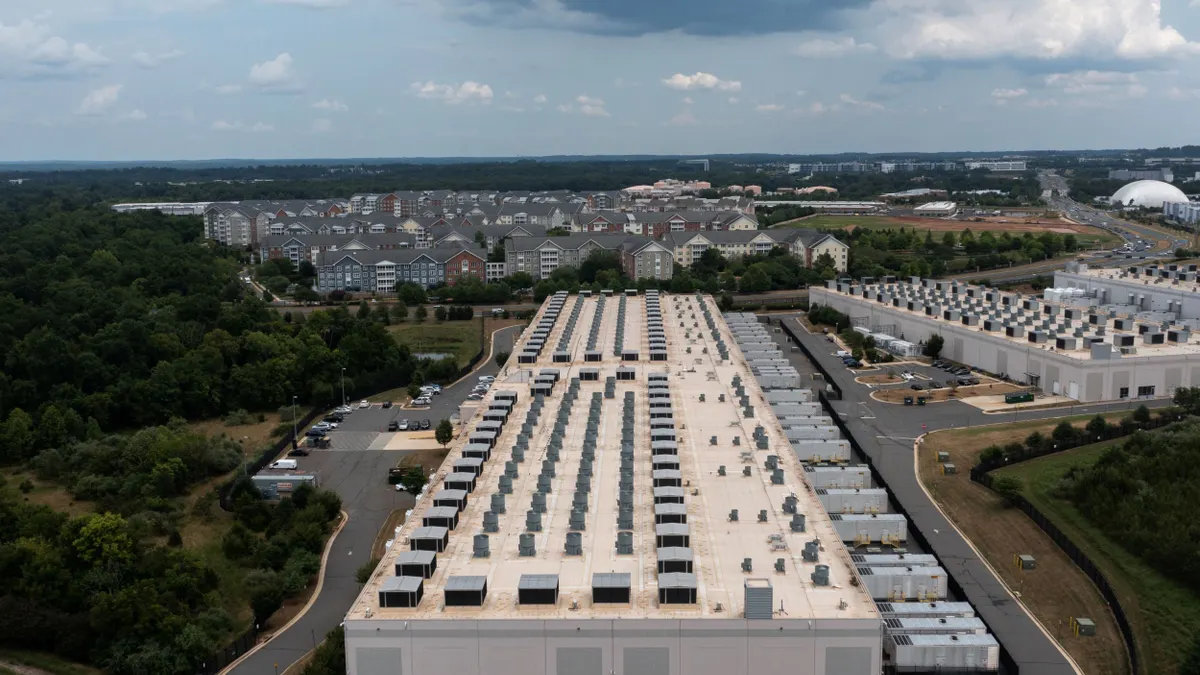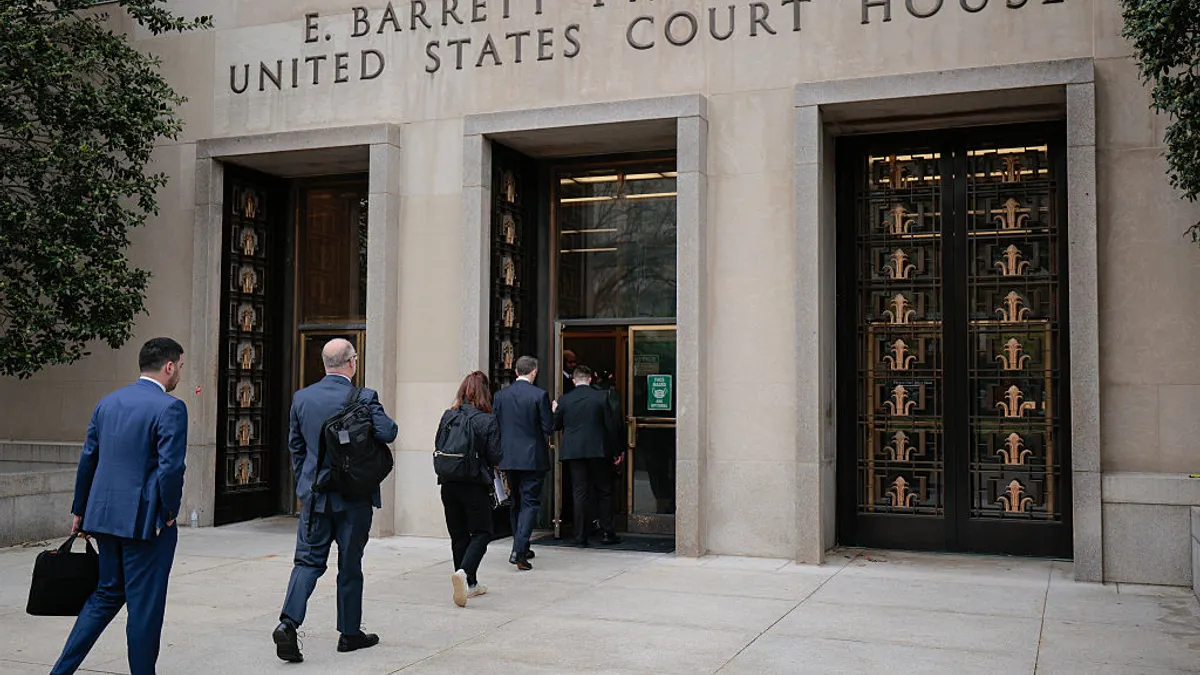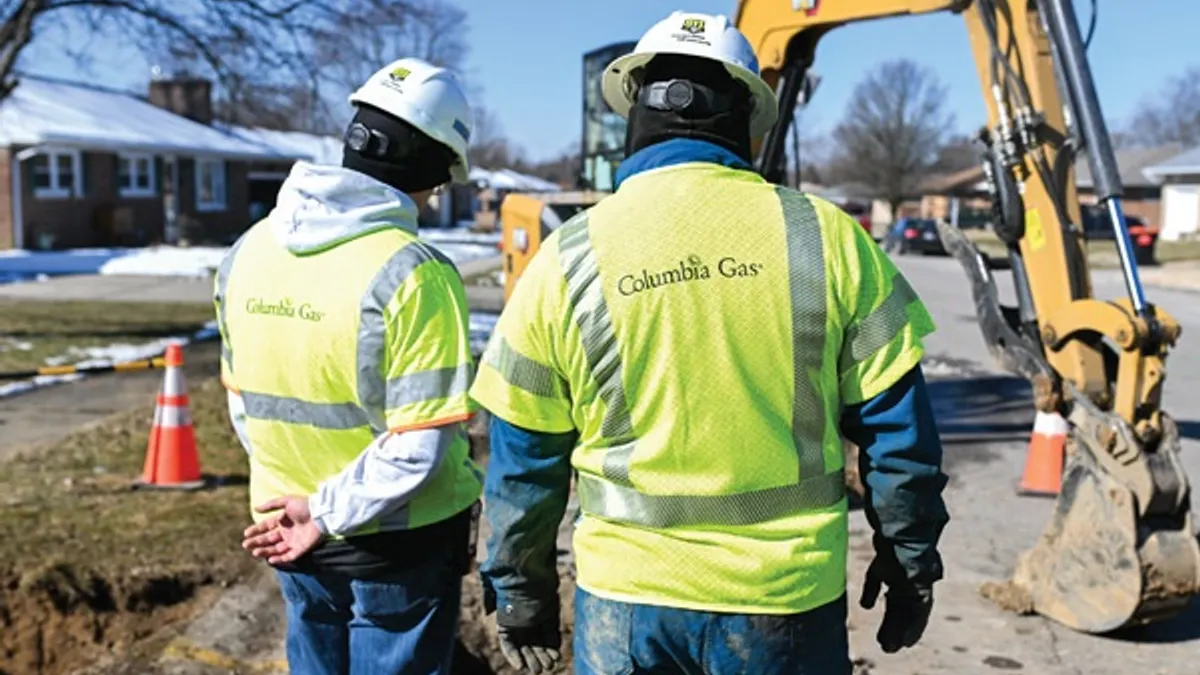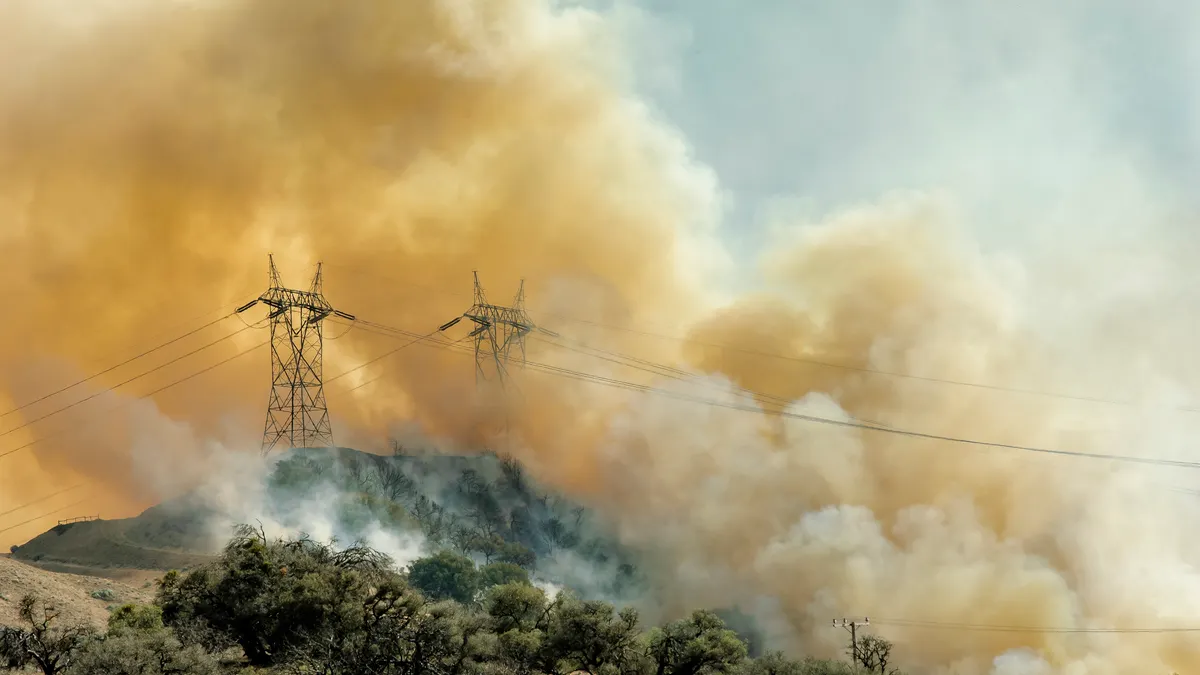The following is a contributed article by Gabriel Chan, an associate professor at the University of Minnesota Humphrey School of Public Affairs and co-director of the Electric Cooperative Innovation Center, and Matthew Grimley, a research manager at the University of Minnesota Humphrey School of Public Affairs and lead researcher of the Electric Cooperative Innovation Center.
Recent media coverage of electric cooperative utilities has shined a light on emotionally charged tensions between cooperatives. Yet these tensions are anything but an indication of crisis. Co-ops continue to demonstrate higher levels of consumer satisfaction than other utilities, they are advancing beneficial electrification and they offer some of the most durable examples of “energy democracy” in the sector. And, perhaps most importantly for the grid of the future, co-ops are scaling investment in clean energy in the rural communities that host some of the nation’s most important clean energy potential.
Last month, Minnesota’s largest generation and transmission (G&T) cooperative, Great River Energy (GRE), and its largest distribution co-op member, Connexus Energy, avoided a crisis. Together, they announced that Connexus will transition from a member-owner of GRE to a customer of GRE. This deal represents the result of co-op members’ voices coming through. And uniquely, the deal avoided public, emotionally charged disputes that would have redirected cooperative member capital to pay for legal fees. Instead, they built on years of collective groundwork to prepare for the future.
Evolving landscape
There is context to this deal. Many local co-ops banded together with their peers in regional G&T networks starting in the 1940s, allowing them to provide affordable power to their member-consumers. But since G&Ts were formed, rural America has seen wildly uneven growth in the demand for electricity. Today, many G&T co-ops find themselves providing services to a membership with diverging needs and internal capabilities.
Add to this the rapidly changing landscape for distributed energy resources (DERs), and it’s no surprise that co-ops are entering a period of unprecedented innovation and experimentation. The agreement between GRE and Connexus represents a novel way for G&Ts and local co-ops to develop new relationships.
Connexus becoming a customer of GRE
With their new agreement, Connexus will cease being a member of GRE and become GRE’s customer in January 2023 through a “portfolio power purchase agreement” in which Connexus will participate in a fixed share of GRE’s currently operating and committed resources and GRE will continue to provide transmission service to Connexus. Additionally, GRE will provide market-facing services in the Midcontinent Independent System Operator market on behalf of Connexus for at least 10 years. With the new deal, Connexus will have greater flexibility to procure and build their own DERs to provide local, green electricity that supports beneficial electrification, while minimally impacting rates for other GRE members to “keep them whole.”
The Connexus agreement rests on three key factors that we use to explain how it honors “cooperation among cooperatives.”
Factor 1: GRE’s long-term planning enables a flexible contract
The key instrument in the new agreement is that Connexus will receive a fixed share of the costs and benefits of GRE’s existing power supply resources with Connexus’ obligation to purchase power from GRE declining as GRE’s current resources retire. The new agreement allows Connexus flexibility to procure additional resources on its own and makes Connexus responsible for planning and supplying enough capacity to meet its MISO reliability requirements.
This arrangement benefits both parties. GRE, having planned to be without the 1.1-GW Coal Creek Station power plant, will be free to procure additional capacity in the next few years, including clean energy capacity from its own members’ DERs. Because GRE now carries a smaller surplus of self-owned capacity than it has in the past, it is more concerned with planning for future capacity costs than re-allocating its historic fixed costs (a challenge of past cases of renegotiating power supply relationships).
Factor 2: GRE and Connexus recognize the transition from economies of scale to economies of scope
The rationale of forming G&Ts was economies of scale. That is being challenged by DERs. Rather than providing economies of scale, DERs demonstrate economies of scope: the more diverse and orchestrated a bundle (or portfolio) of DERs, the greater the value.
GRE and its members have over 40 years of experience with DERs through their robust load management program that controls over 350,000 distributed devices to reduce peak loads each month.
The GRE-Connexus agreement recognizes that innovation in creating portfolios of DERs will be a cost-effective way to meet long-term member resource needs through economies of scope. In working with GRE on wholesale market-facing services, Connexus will see capacity value for the portfolios of DERs it will build. In turn, GRE can gain experience leveraging DERs in wholesale markets. This agreement recognizes that economies of scope, more than economies of scale, create numerous opportunities for learning by doing.
Factor 3: GRE and Connexus put in place forward-looking leadership
The agreement between GRE and Connexus would not have been possible without the right leadership in place. Greg Ridderbusch, president and CEO of Connexus, has helped usher in one of the largest solar + storage projects in the Midwest and supported innovative customer DER programs while keeping rates flat.
With President and CEO David Saggau, GRE has built a sophisticated technical staff that embraces a culture of building capacity to support innovation across load management, transmission, and power supply. Since the deal was announced, Connexus and GRE have both made public statements that demonstrate mutual respect.
Implications for the future: building vertical alignment
The energy transition will require electric cooperatives, with the member-consumers that own them, to move fast. From wholesale market nodes to the home water heater, co-ops will have to build a host of additional capabilities to support the deployment and operation of DERs. We describe this type of coordination as “vertical alignment.”
The cooperation among cooperatives demonstrated by GRE and Connexus shows one of many paths co-ops can follow to support, and not undermine, vertical alignment. If DERs are to be used to their fullest extent, and if member-consumers are to be empowered in the energy transition, then distribution systems will increasingly be the sites where resource needs will be met and where staff capabilities will need to be bolstered. This agreement is possible because Connexus has the scale to build its own expertise and capabilities. Many other co-ops operate with very small staff, and if they are to benefit from a transition to a more distributed grid, will need to work in even deeper partnerships with the G&Ts that they created decades ago.
Co-ops are laboratories of utility innovation. And we are fortunate to teach in a graduate program and research center at the University of Minnesota that is studying energy transition strategies for co-ops while preparing future employees. How co-ops cooperate across the levels of the electric grid as support for co-op-owned clean energy grows, will be one of the most important developments to track in the energy transition.


